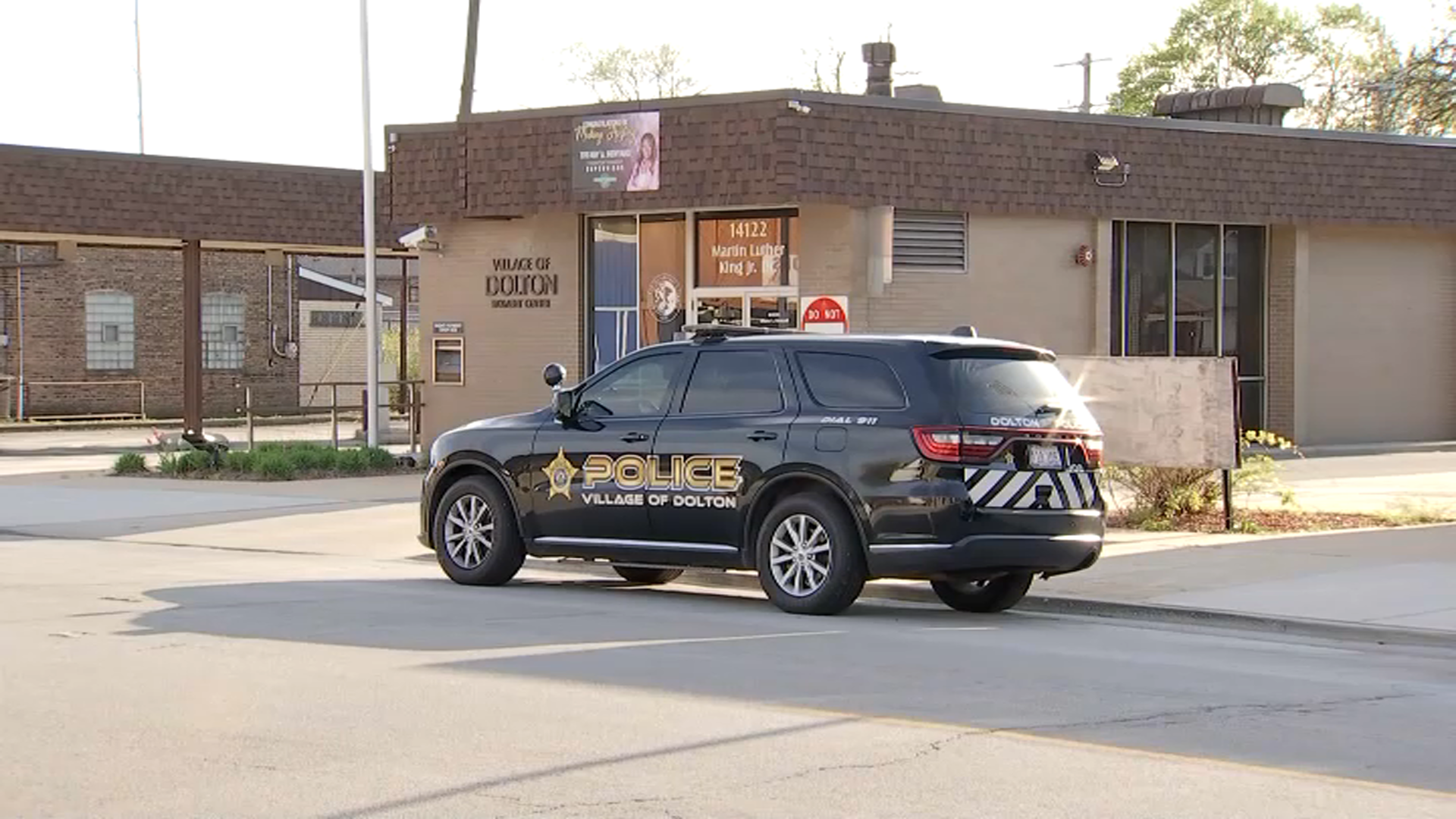Turn your eyes to the night sky Sunday because you could see a rare lunar event that hasn’t been seen in more than 30 years and likely won’t happen again for nearly 20 more.
That rare event is a supermoon lunar eclipse-- or a supermoon and a lunar eclipse taking place at the same time.
According to NASA, the eclipse is expected to take place on the night of Sept. 27 in the U.S.
NASA officials say the supermoon means the moon will appear 14 percent larger, but it will also change color as it’s combined with a total lunar eclipse.
Since 1900, a supermoon lunar eclipse has only happened five times. The last time it was visible was in 1982, and the next one won’t be until 2033.
The Adler Planetarium said the moon will slip into the Earth’s shadow at 8:07 p.m. CT on Sept. 27 and will continue to darken and change color during the total eclipse from 9:11 p.m. CT until 10:23 p.m. CT.
While more common than solar eclipses, lunar eclipses last longer and can be viewed almost anywhere on the night side of the Earth, provided skies are clear.
Local
And no two lunar eclipses are ever the same, experts say, with colors ranging from brick red to copper to dark gray.
The next total lunar eclipse visible in the Midwest won’t be until January 2018, the planetarium said.
For those looking to watch the cosmic alignment as it happens, Adler Planetarium will hold a lunar eclipse viewing party from 7-11:30 p.m. on Sept. 27. Tickets are available here.
Northwestern University will also host a free public viewing event on the evening of Sept. 27 from 8 p.m. to 11:30 p.m. Visitors can view the lunar eclipse from three telescopes on the top level of the Segal Visitors Parking Garage, located at 1847 Campus Drive in Evanston. Faculty and students from Northwestern's Center for Interdisciplinary Exploration and Research in Astrophysics will also be on site to answer any questions.



